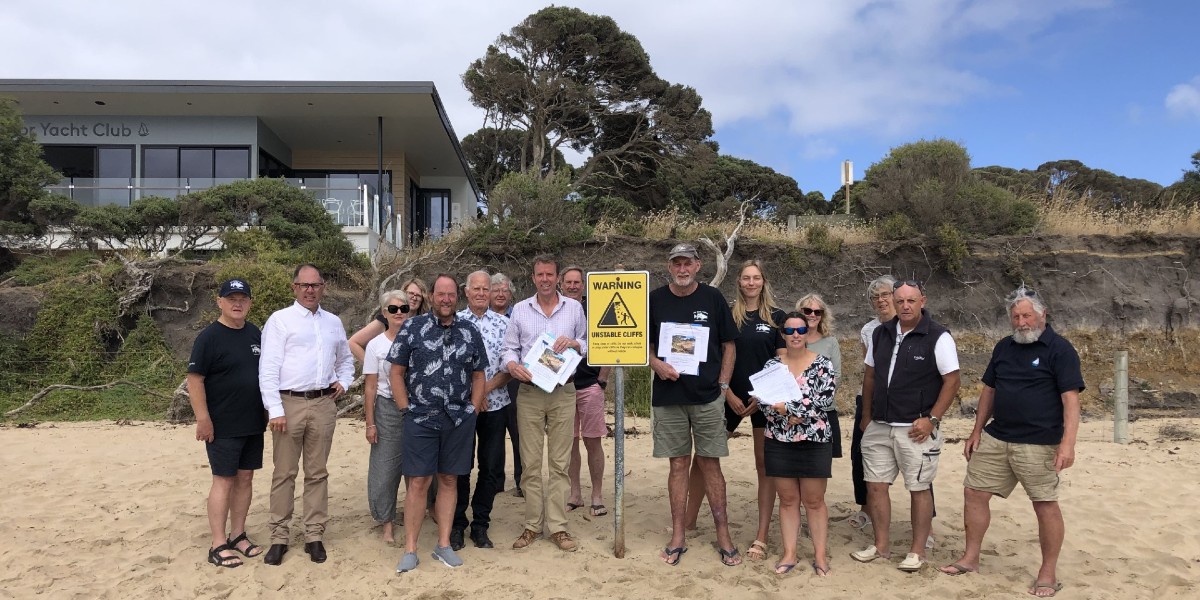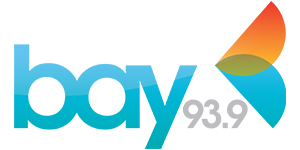Developing a long-term plan to manage an ever-changing coast line is proving to be more difficult than first predicted by the Great Ocean Road Coast & Parks Authority (GORCAPA).
Under pressure from locals to deal with major erosion issues around Anglesea, GORCAPA said an adaptation plan for the area would be out last year.
13 months later, that promise is only now in ‘the early stages.’
A lack of resources is one reason for a delivery delay of the Coastal Adaptation Plan for Anglesea. It’s also been waiting for the Victorian government’s newly released framework to manage coastal hazards and risks; then there’s the reality that human intervention on the coast is problematic.
“Coastal planning is difficult and complex,” GORCAPA’s Manager of Climate Action and Resilience Leia Howes said.
“It’s a difficult field, including securing the right consultants to support the authority, we’ve been unable to meet this time frame.”

Multi-disciplinary maritime consultants BMT are now on board for the project, which is looking at how to respond to increasing cliff failure, erosion and flooding between Demon’s Bluff and Point Roadknight at the start of the Great Ocean Road.
The authority is keen to emphasise that local input will be a key factor in the plan’s development, and a series of community engagement sessions around the town have begun.
“This is a really critical part, because local knowledge will provide a foundation for confirming coastal values and objectives and tailoring adaptation options,” Ms Howes said.
Wave erosion at Point Roadknight that’s exposed Aboriginal middens and eaten into a carpark beside the newly constructed Anglesea Motor Yacht Club (AMYC), prompted locals to start a petition calling for action at the end of 2022. State member for Polwarth Richard Riordan and federal member for Wannon Dan Tehan each promised to take the petitions to their respective parliaments to agitate for something to be done.
“We’re not talking rocket science…. you see pretty simple solutions as you drive along the coast to these types of problems,” Mr Tehan said at the time.
Former Surf Coast councillor and AMYC member Jim Tutt pointed to several consultant reports that had been compiled over the decade that suggested dropping in hundreds of large geo-textile bags to stabilise the cliffs and dunes.

“What we’re trying to make sure we don’t do is have unintended consequences and mal-adaptation,” Leia Howes said of such suggestions.
“That’s when you do something that has not the desired effect and not aligning to what we need to do as an authority.”
GORCAPA is in the process of taking over management of the entire coast between Point Impossible and Warrnambool, where previously local authorities have been responsible for individual areas – often leading to concerns that holistic management and conservation policies were not in place.
“We now have this Victorian Coastal Resilience Framework which establishes the stages that we need to step through in order to appropriately manage this region into the future,” Ms Howes said.
Together with the revised Marine and Coastal Policy 2020, the authority says it’s ready to move forward with a big picture response to coastal management issues, and Anglesea is an early focus. Some in the community say action is already needed, with stretches of beach like that beneath Demons Bluff closed to the public for years due to the risk of crumbling cliffs, and iconic Roadknight being eaten into.
“We’re building on the shoulders of giants, we’re learning from the work that’s already been done and we aim to incorporate that,” Ms Howes said.
“Our intention at the moment is to have conversations with the community about their values and their objectives for the sight, that’s our main focus.”
To learn more about the project and consultation click here.







